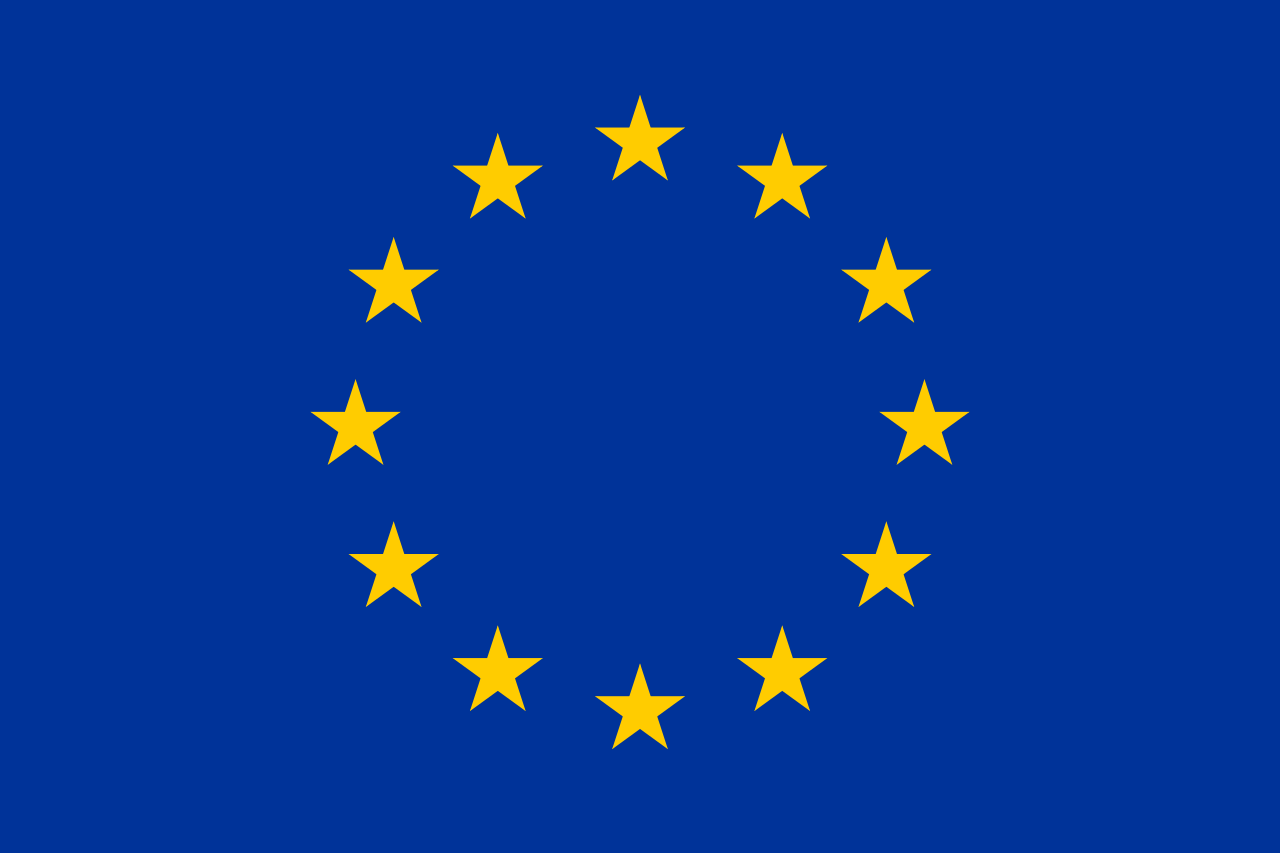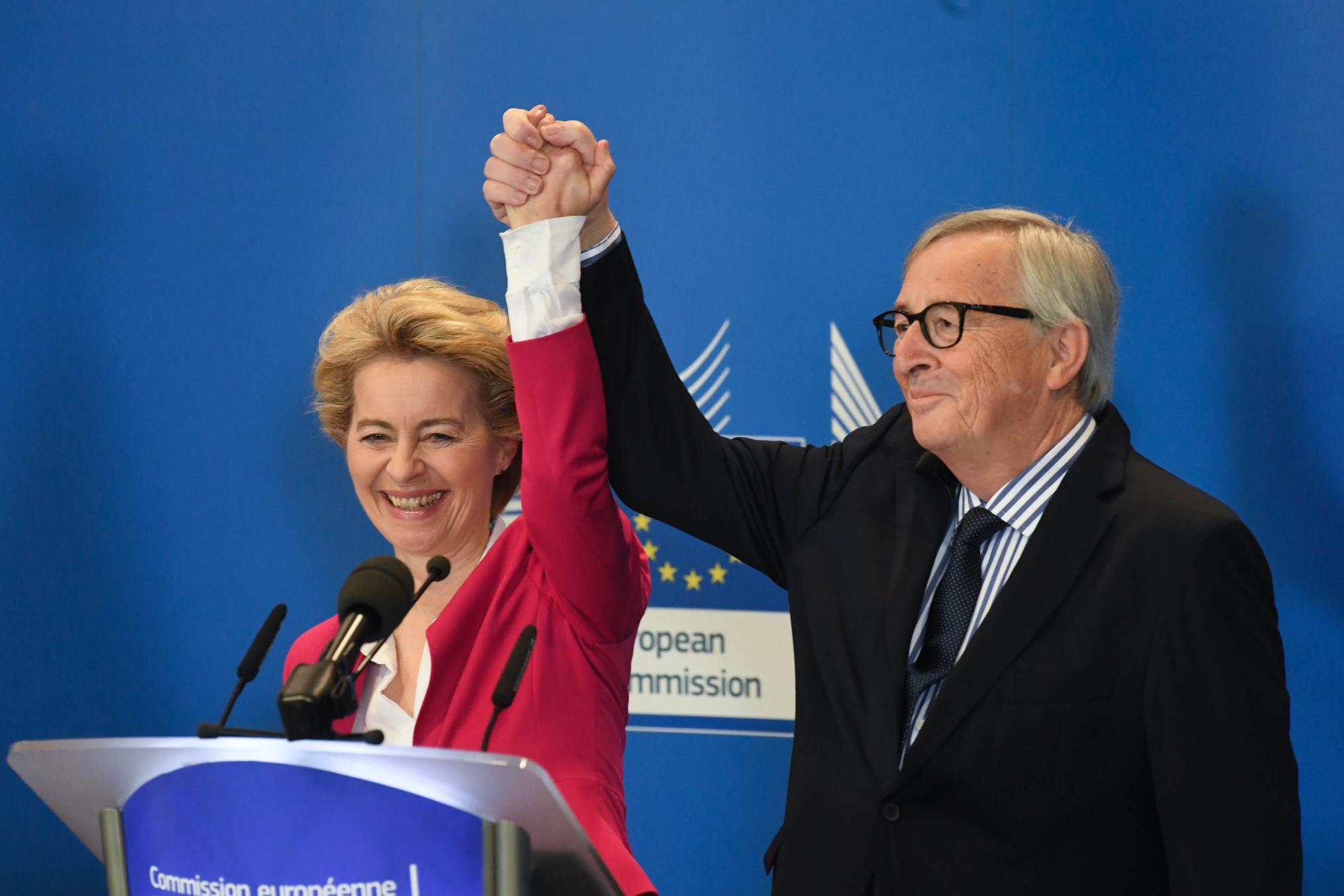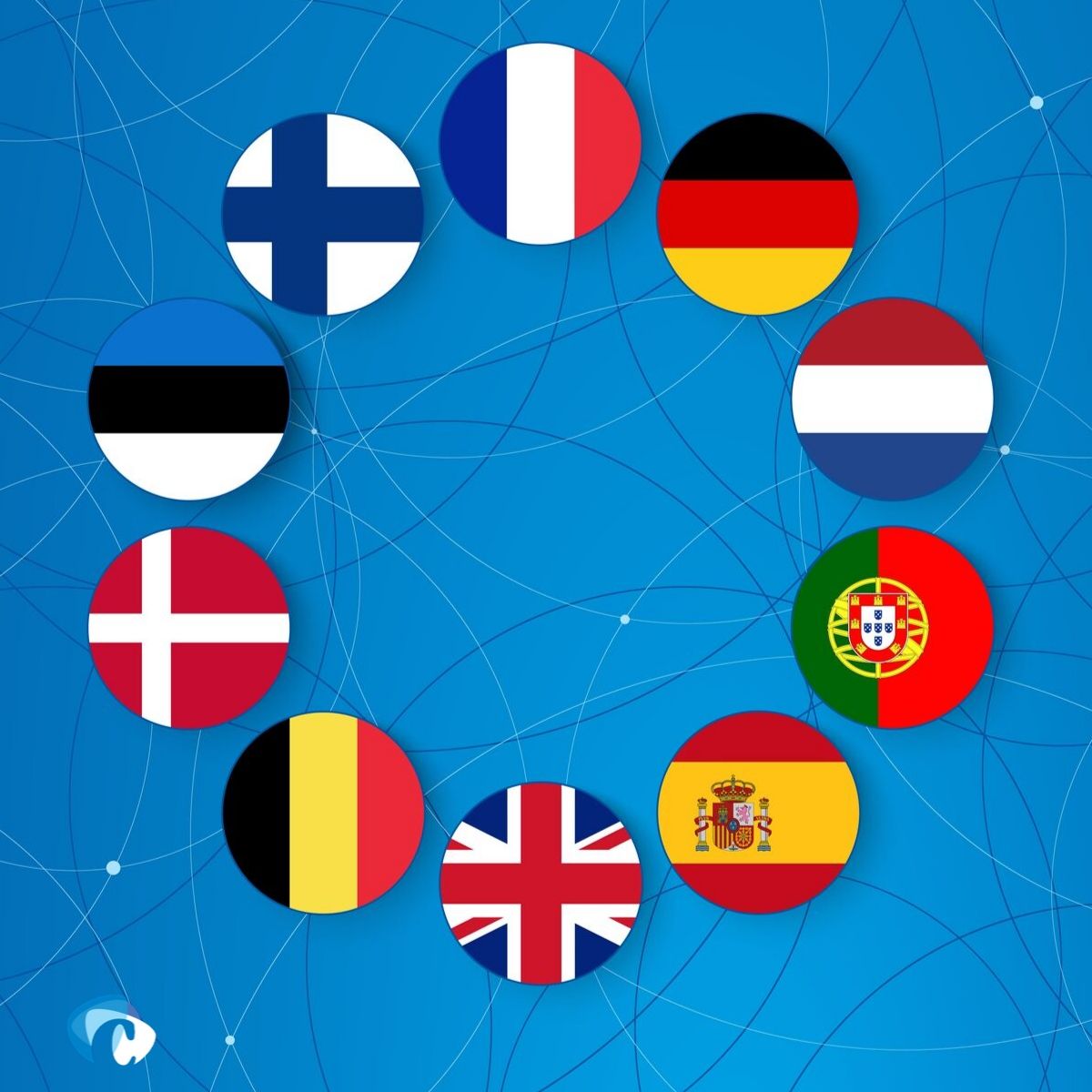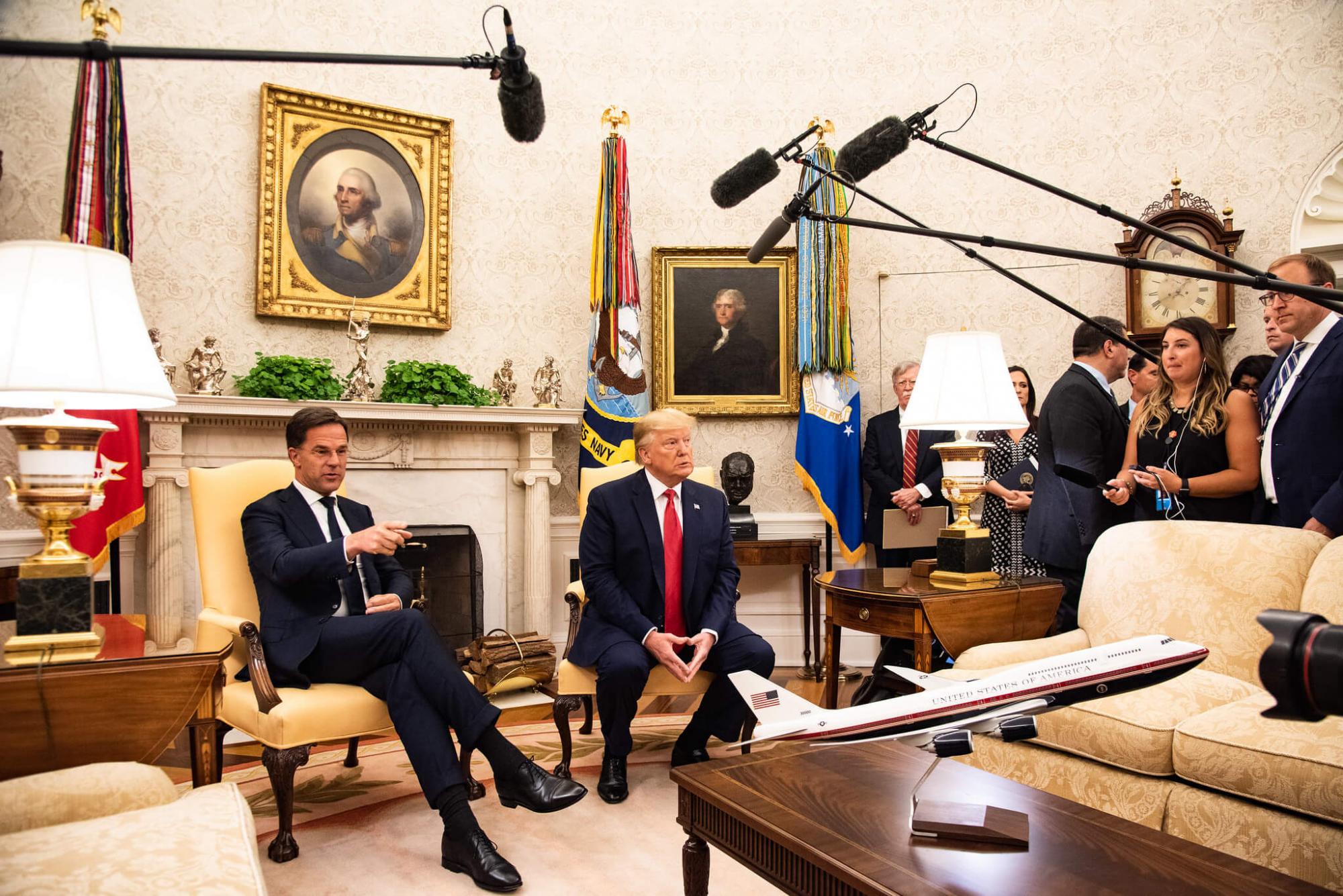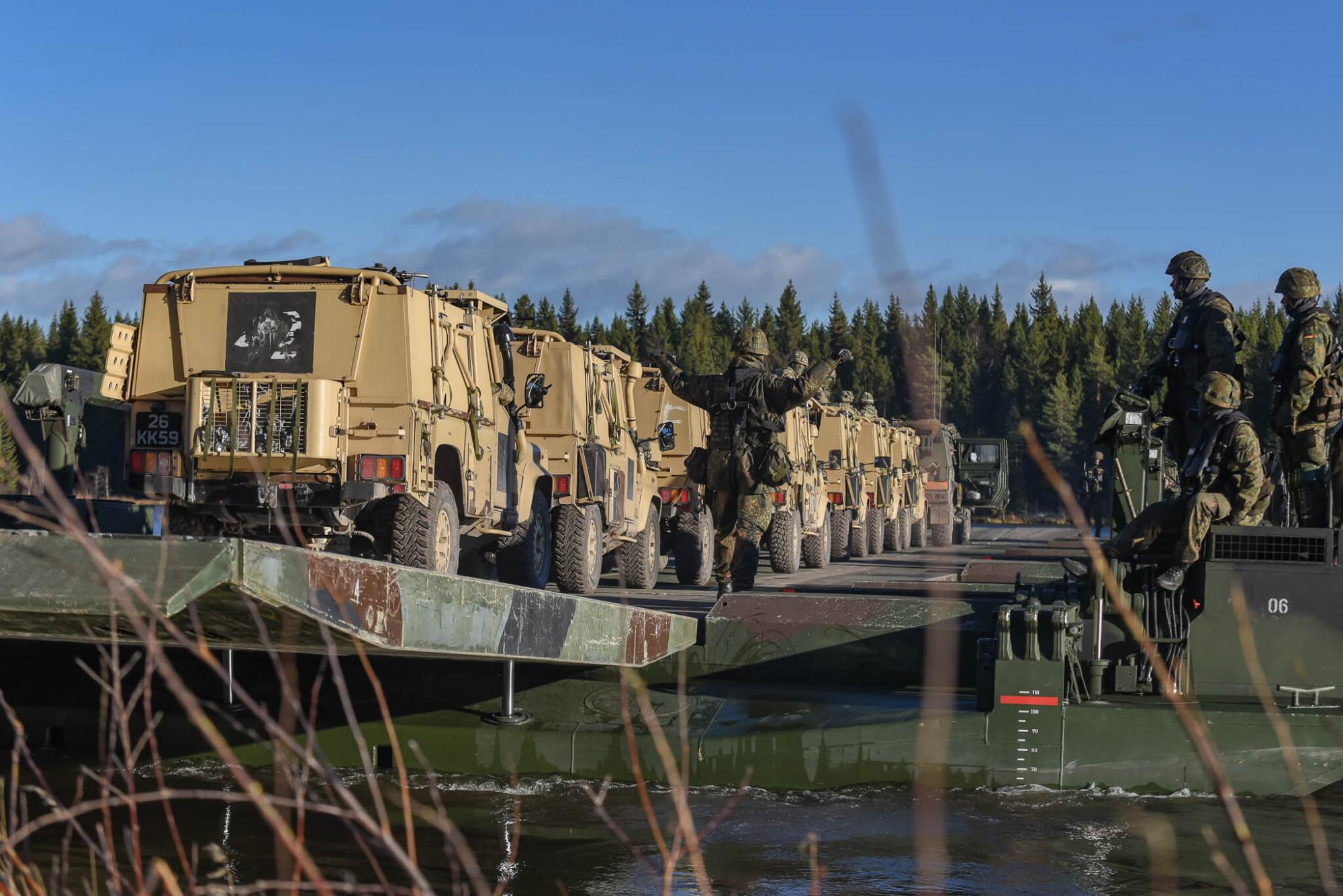The future of Arctic security
- Read more about The future of Arctic security
- Log in to post comments
The Arctic environment is changing rapidly due to climate change. Despite continued cooperation between the Arctic states and other countries, the risk of the region becoming a playground for great power competition is increasing. Current trends point to a further geopolitisation of the area, multiplied by the melting of ice. Increasingly, Russia, China and the United States will compete in the Arctic in the context of the global power game. Moscow is stepping up its military activities and securitisation is increasingly characterising the American Arctic policy. Beijing is increasing its financial- economic investment in the region, which serves its long-term agenda of becoming a global superpower. The US administration has already started to respond, both by accusing Russia and China of their geopolitical activities as well as by stepping up its own involvement in the region. As a result, Arctic security is more prominently on the agenda than ever before.
The authors
Dick Zandee (Senior Research Fellow and Head of the Security Unit at the Clingendael Institute).
Kimberley Kruijver (Junior Researcher at the Clingendael Institute)
Adája Stoetman (Junior Researcher at the Clingendael Institute)



